The Barrow River, one of Ireland's "Three Sisters" rivers alongside the Suir and Nore, is the country's second-longest waterway. It meanders through the heart of Ireland, offering a captivating blend of natural beauty and historical intrigue. Originating in the Slieve Bloom Mountains, it flows southeast, carving a picturesque path through counties Laois, Kildare, Carlow, Kilkenny, and Wexford before joining the Celtic Sea at Waterford Harbour.
Jump to section:
Things to See and Do
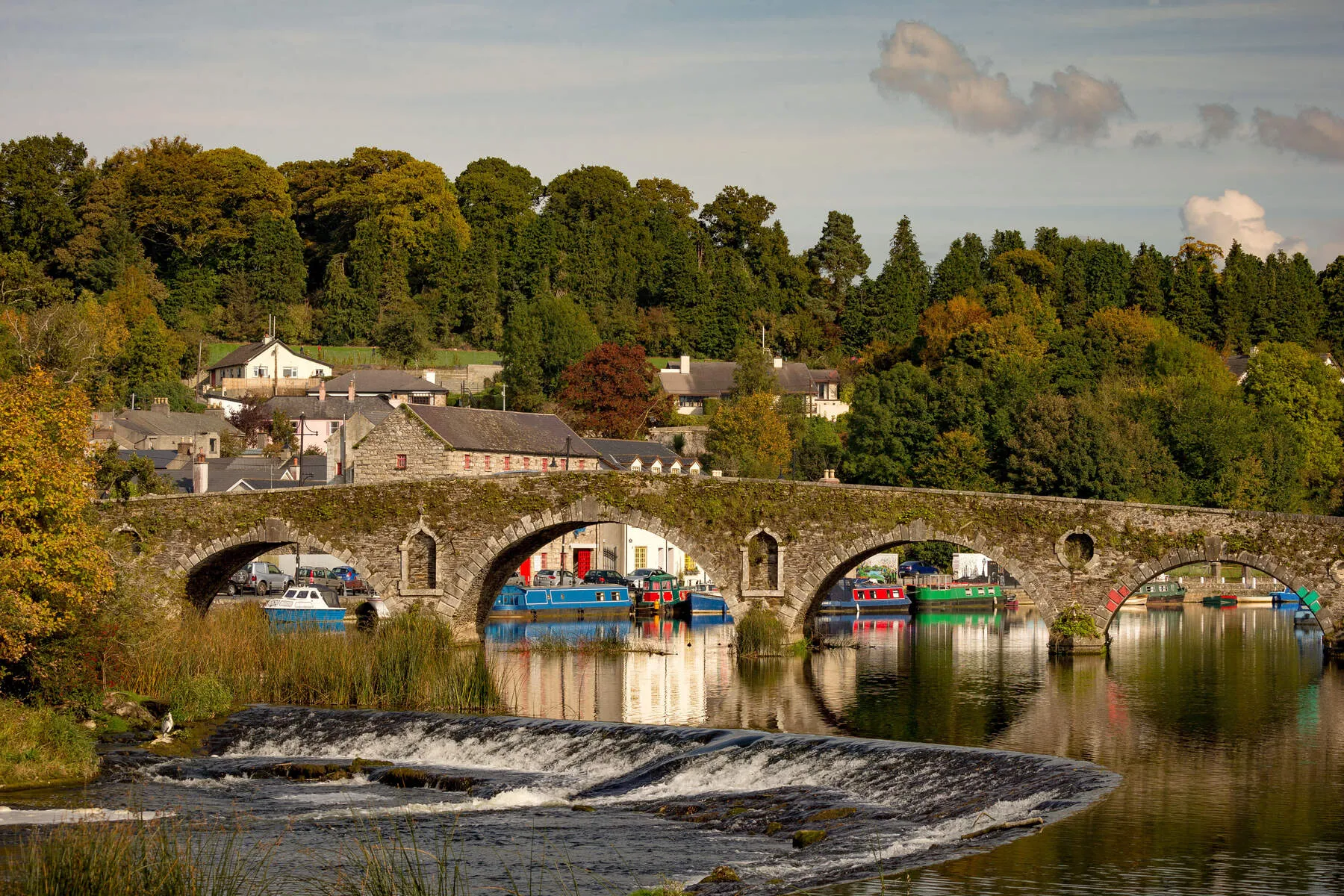
Graiguenamanagh
This ancient monastic settlement, steeped in history, is home to the impressive Duiske Abbey, founded in The town offers a charming blend of historical sites, riverside views, and traditional Irish hospitality. As you approach Graiguenamanagh, you'll pass the 18th-century bridge in Tinnahinch, part of which was destroyed during the 1798 Rebellion.
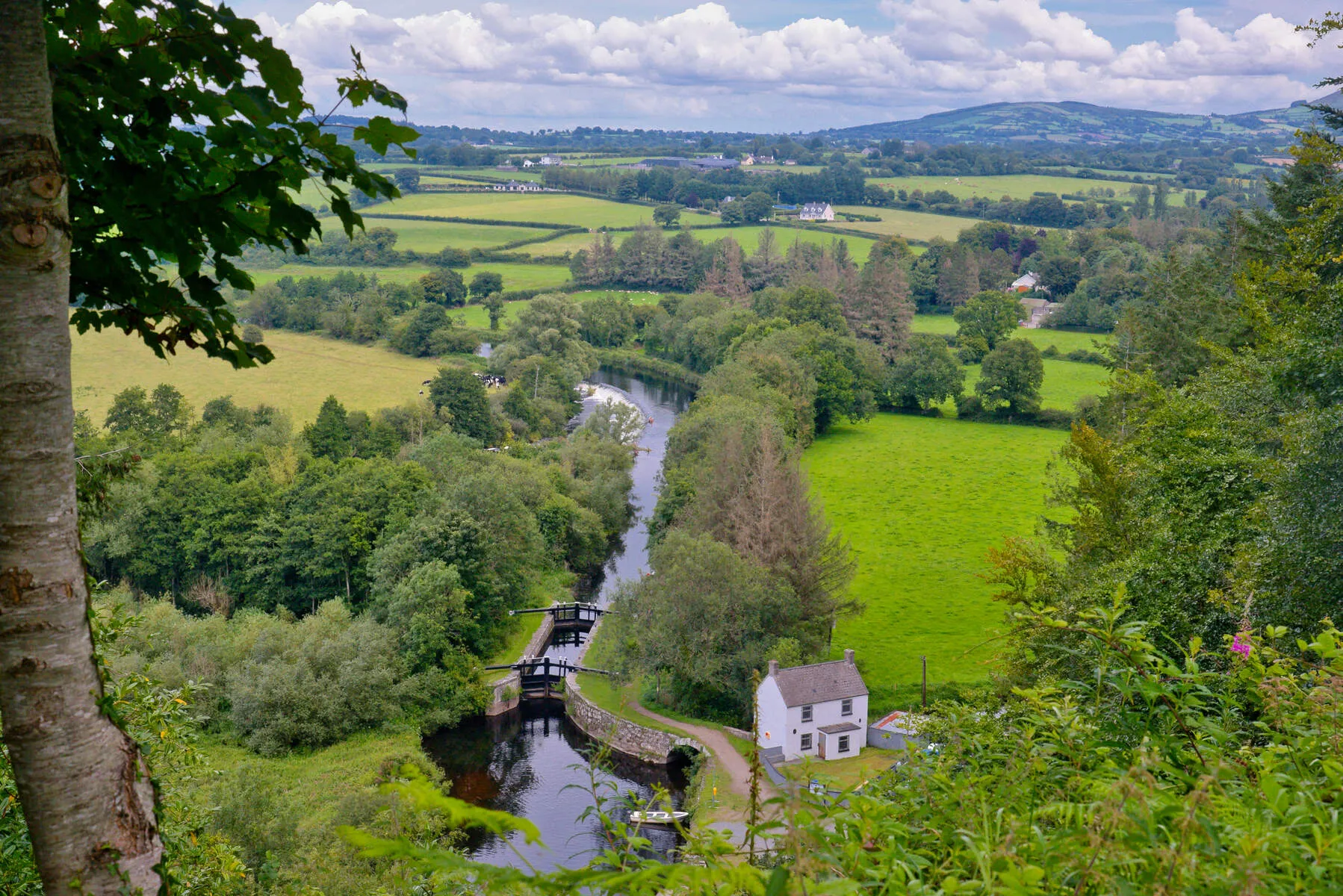
Clashganny Lock
This historic lock, built between 1759 and 1800, was a vital part of the Barrow Navigation system. Once used by horse-drawn barges to transport goods, it now stands as a testament to Ireland's industrial heritage. The name Clashganny comes from the Irish 'Clais Ghainimh,' meaning 'the sandy river trench.' Along the Clashganny Lock Loop Walk, you'll encounter a mass rock, a poignant reminder of times when Catholics had to celebrate mass in secret. For a more immersive experience, take a detour into the woods after Ballykeenan Lock, where a gently climbing trail offers stunning views and a chance to connect with nature
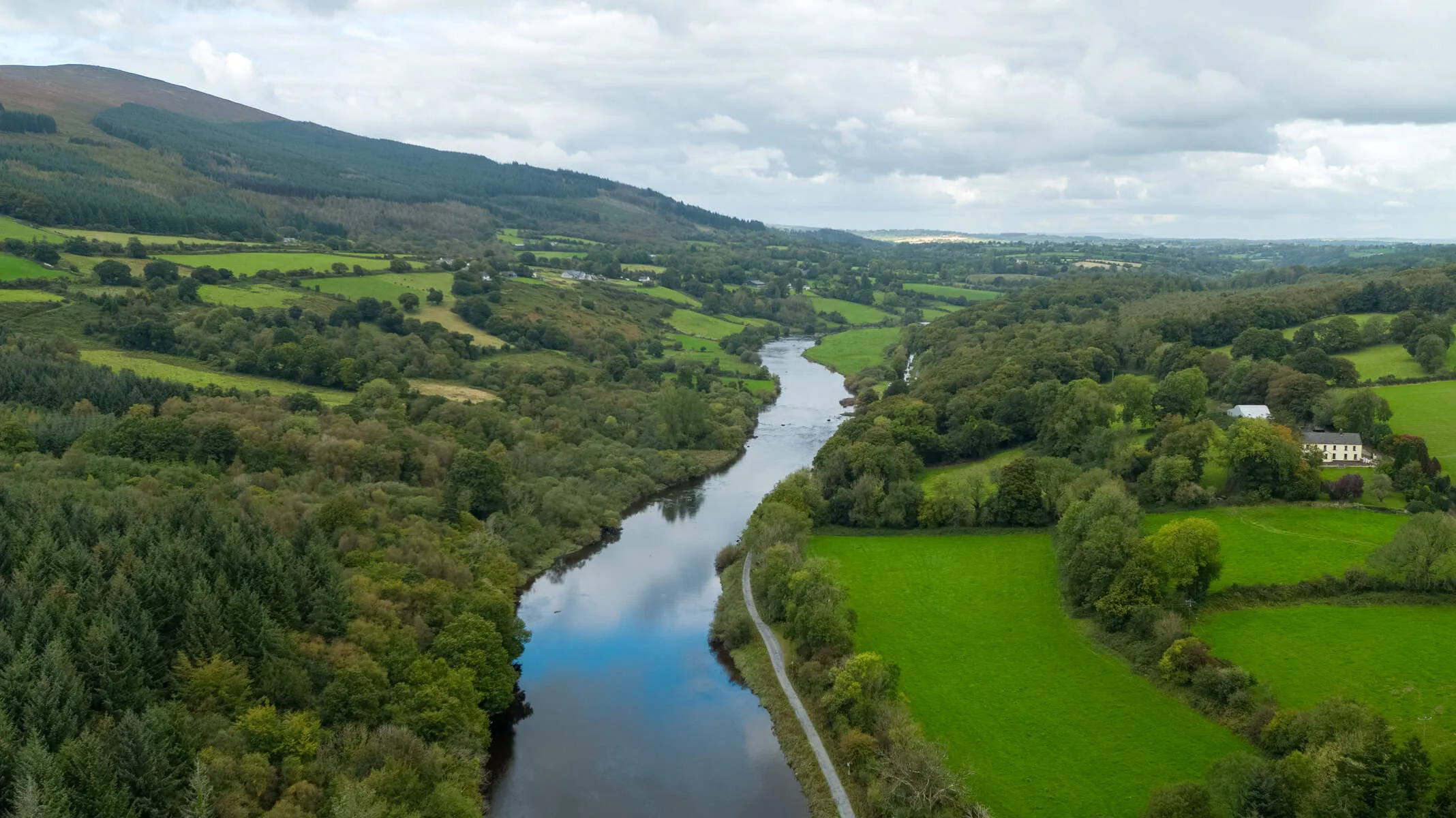
St. Mullins, County Carlow
This picturesque village marks the end of the Barrow Way and is home to a sixth-century ecclesiastical site with a medieval church ruin and the base of a round tower. It's an ideal spot for riverside picnics and exploring the remnants of Ireland's early Christian heritage. Don't miss the heritage center, which provides valuable insights into the area's rich past
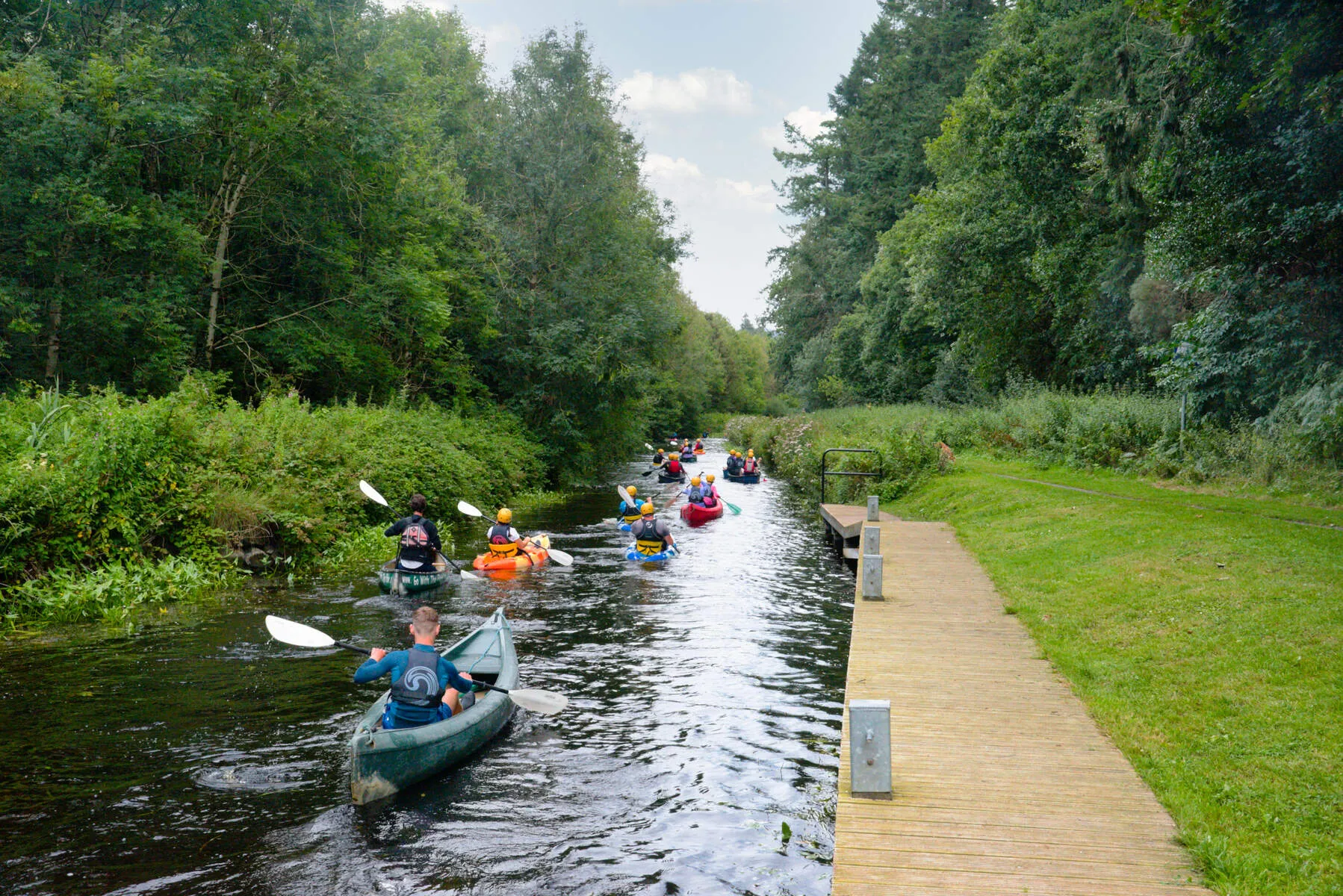
Kayaking
Get Kayaking on the River Barrow! 'Go with the flow' have been running guided and self guided camoe and kayaking tours on the River Barrow since 1996.
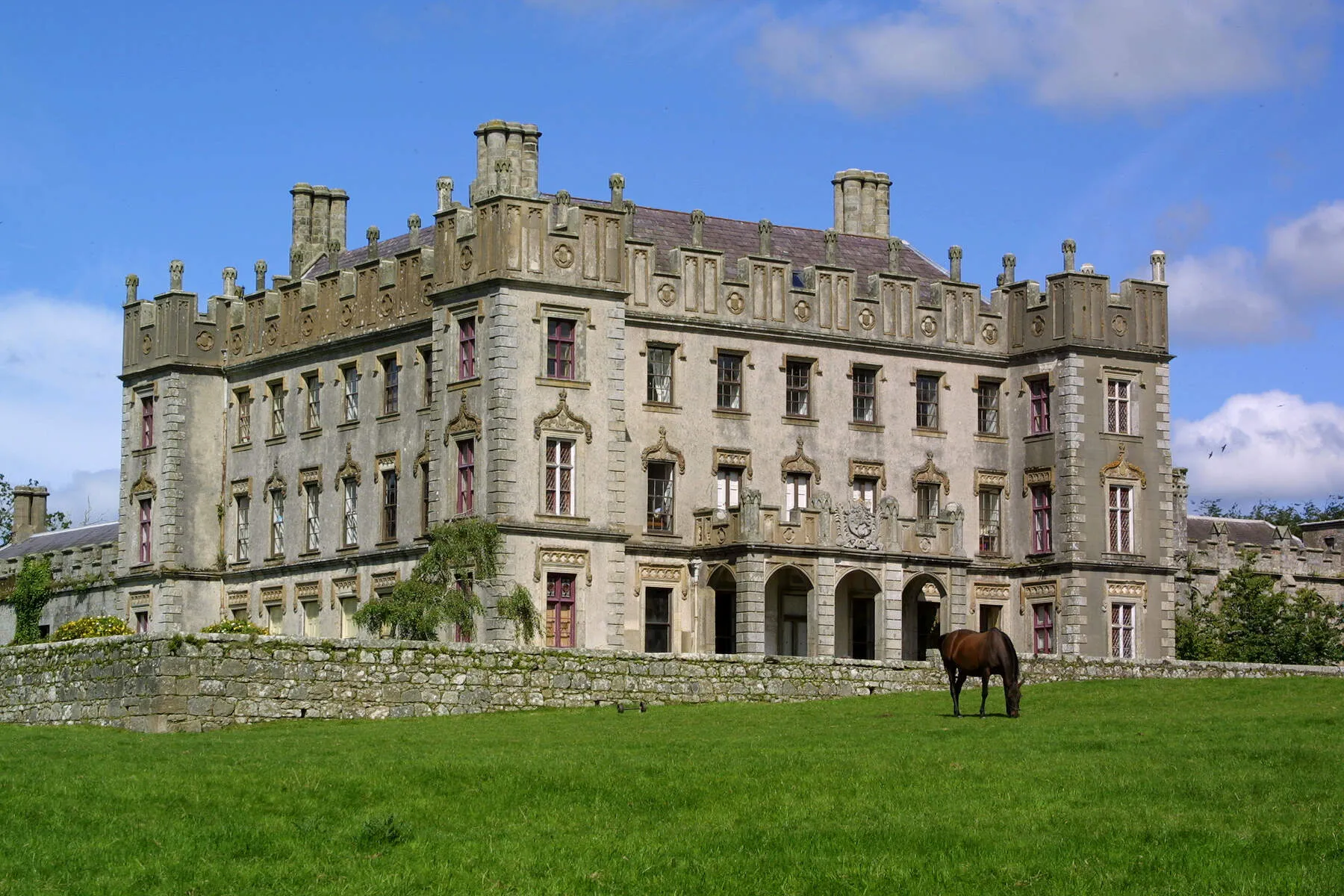
Borris House
Borris House, nestled in the Barrow Valley, is a magnificent country house with a rich history dating back to the 15th century. As the ancestral home of the McMorrough Kavanaghs, former Celtic kings of Leinster, it is one of the few Irish estates that can trace its lineage back to the ruling families of ancient Ireland. Visitors can explore the house's opulent interiors, admire the ornate Stapleton ceilings and the Chapel of St Moling, and discover the fascinating story of Arthur MacMurrough Kavanagh. Born without arms or legs, Arthur defied his physical limitations to become a skilled sailor, horseman, fisherman, and hunter, even traveling the world. A stroll through the gardens of Borris House will take in breathtaking views of Mount Leinster, the Blackstairs Mountains, and the Barrow Valley. The newly-established Lace Garden, inspired by the intricate patterns of Borris Lace, features a captivating white color palette of plants. In the parkland and church paddock, visitors will find a rich selection of stunning trees, including the Lebanon cedar, fern leaf beech, and tulip tree. Don't miss the 18th-century ice house, a unique feature of the estate. Borris House also offers educational trails and activity booklets for children, making it a great destination for the whole family. Inside the house, you can see the Kavanagh Charter Horn, a relic from the 12th century, and learn about the famine lace industry founded by Lady Harriet Kavanagh to provide employment for women during the Great Famine
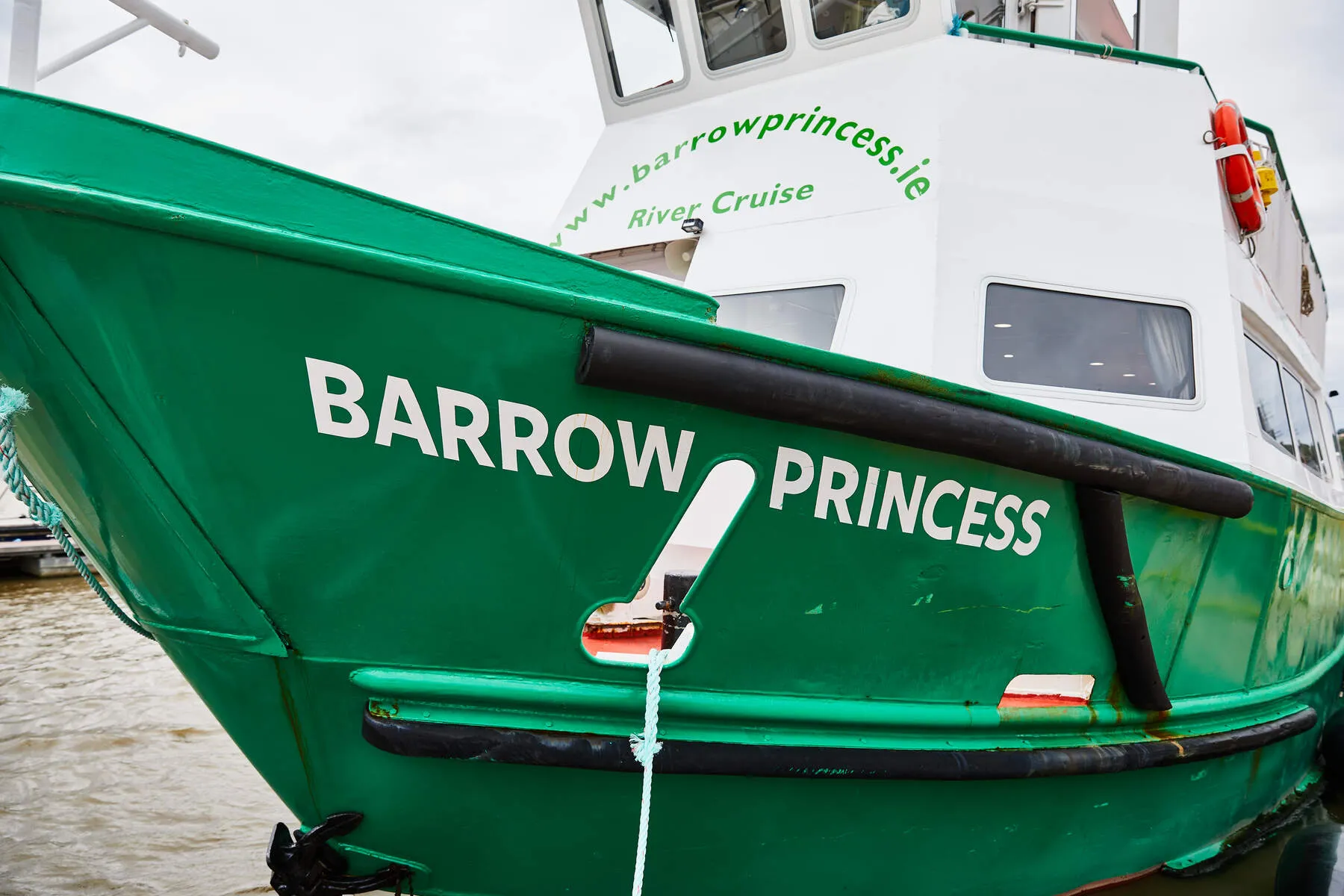
Exploring the Barrow by Boat
The Barrow Navigation, a network of canals and locks, makes the river navigable for boats, offering a unique perspective of the valley's beauty. The Barrow Line Canal, constructed in the 18th century, connects the Barrow to the Grand Canal at Athy, providing a link between the Barrow and Dublin and expanding navigation possibilities. This historic navigation system played a crucial role in Ireland's industrial past, with barges transporting goods like porter, wool, grain, and coal along its waterways
Cushendale Woollen Mills
Cushendale Woollen Mills, located in Graiguenamanagh, is one of Ireland's oldest working woollen mills. Established in 1204 by Cistercian monks, it has a long tradition of producing high-quality textiles from Irish wool. Cushendale is one of only two remaining authentic Irish woollen mills in Ireland with full in-house production capability, allowing them to control every step of the process, from dyeing their own fibers to creating a range of unique and vibrant colors for their products. Visitors can take a guided tour to witness the mill's fascinating processes, from spinning yarn to weaving intricate fabrics. You can even see a 1900s spinning mule still in operation, a testament to the mill's enduring legacy. For a more in-depth experience, arrange a look behind the scenes of the mill to gain a deeper understanding of the craftsmanship involved. The Mill Experience offers another way to learn about Graiguenamanagh's link with wool since 1204 and the Cushen family's history since The mill shop offers a range of authentic Irish wool products, including throws, scarves, sweaters, and even felts and knitting yarns for those who want to try their hand at creating their own woolen masterpieces.
The Mullichain Bike Hire
For those seeking an active adventure, The Mullichain Bike Hire in St. Mullins provides a convenient way to explore the Barrow Valley by bicycle. With a range of bikes to suit all preferences, from comfortable cruisers for a relaxed ride along the riverbanks to sturdy mountain bikes for tackling the scenic trails, visitors can cycle along the Barrow Way, enjoying the scenic beauty and historical sites at their own pace. Pedal your way to discover the town of Graiguenamanagh (8km) or the Georgian village of Borris (16km). The hire base is conveniently located at the Mullicháin Cafe, offering refreshments and a welcoming atmosphere
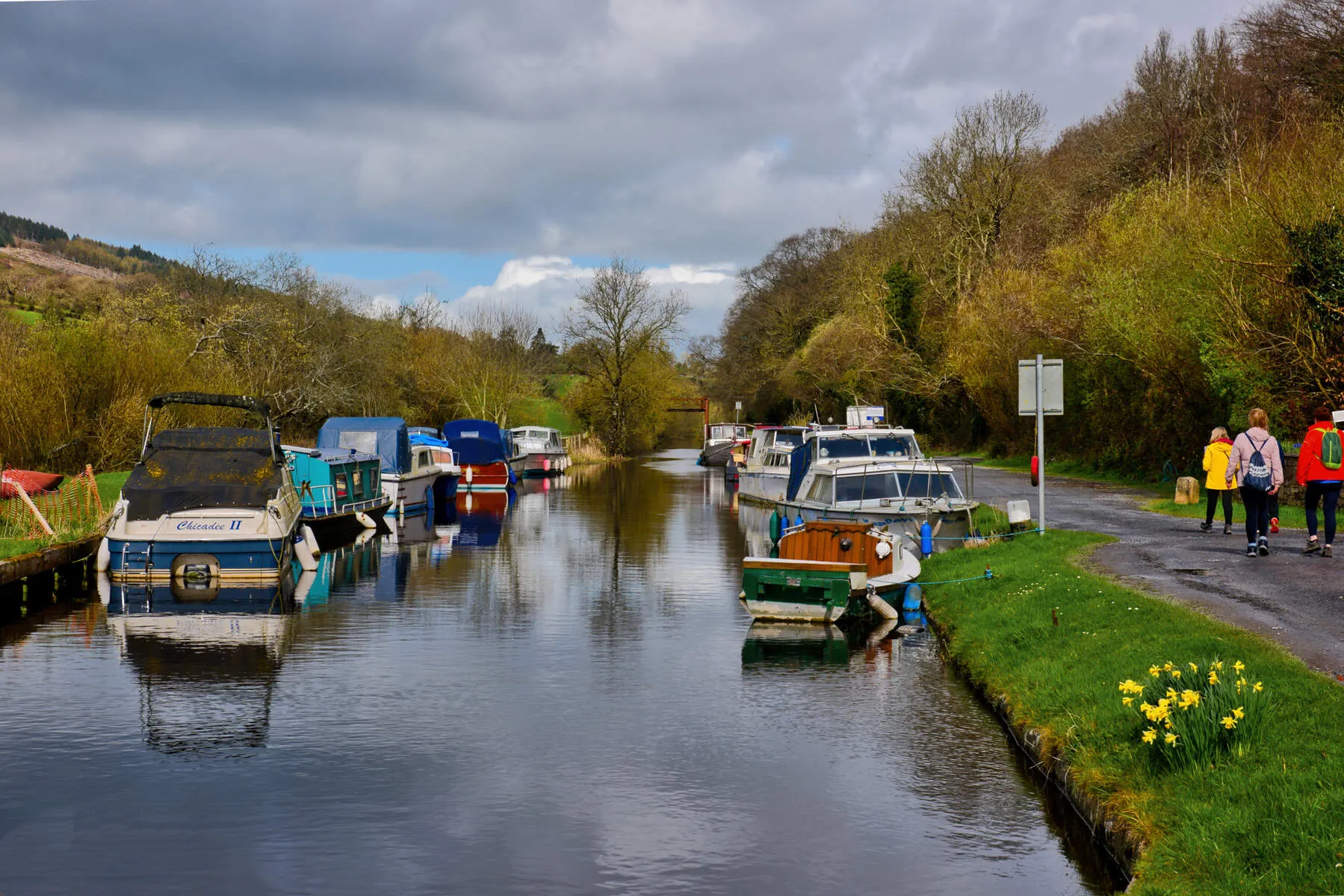
Barrow Way Walking Trail
A 120km long-distance walking trail that follows the river's historic towpath, offering an immersive experience of the Barrow's diverse landscapes.
Borris Viaduct Walk
The Borris Viaduct Walk, starting at the car park beside Borris Vocational School, offers a leisurely stroll around a spectacular sixteen-arch viaduct, built in Designed by engineer Williaim Le Fanu and built by M. Talbot, the viaduct rises to 60ft high and spans the Mountain River. The walk provides stunning views of the Blackstairs Mountains and Mount Leinster, showcasing the natural beauty of the Barrow Valley. It's an ideal way to appreciate the region's blend of engineering marvels and scenic landscapes. For those seeking an even greater thrill, consider hang-gliding or paragliding from Mount Leinster, taking in the breathtaking views from a different perspective
Getting There
Getting to the Barrow River by Train
There are a number of train stations near the Barrow River. Some of the towns that have train stations include Athy, Carlow, and Kilkenny . You can take a train from Dublin Heuston to Waterford, which stops at a number of towns along the river . The Barrow Line, a branch of the Grand Canal, connects to the River Barrow at Athy and provides another way to access the river by train .
Getting to the Barrow River by Bus
Bus Éireann operates a bus service from Dublin Airport to Waterford, which stops at a number of towns along the river . There are also a number of local bus services that operate in the area. Kilbride Coaches connects the villages of Goresbridge and Graiguenamanagh
Events & Festivals 2025
International Pan Celtic Festival
What is it: This festival is a celebration of the Celtic nations—Ireland, Scotland, Wales, Brittany, Cornwall, and the Isle of Man—showcasing their music, song, dance, languages, costumes, sport, and storytelling.
Dates: April 22nd to 26th, 2025
Location: Carlow
Website/Booking: http://www.panceltic.ie/
Carlow Regatta
What is it: The Barrow River is a popular location for rowing regattas, with several events scheduled throughout the year.
Dates: June 1st, 2025
Location: Carlow
Website/Booking: https://carlowtourism.com/event/carlow-regatta-2025/
Carlow Regatta
What is it: The Barrow River is a popular location for rowing regattas, with several events scheduled throughout the year.
Dates: June 1st, 2025
Location: Carlow
Website/Booking: https://carlowtourism.com/event/carlow-regatta-2025/
The Greenfields Festival
What is it: This music festival promises a lively start to the summer. With over 70 music acts performing across multiple stages, a food village offering diverse cuisines, and camping facilities, it's an excellent opportunity to enjoy the festive spirit along the riverbank.
Dates: May 3rd to 4th, 2025
Location: Athy
Website/Booking: https://thegreenfieldsfestival.ie/
History
Origins and Mythology
Imagine a wellspring where hazelnuts fall into the water, granting infinite knowledge to the salmon who consume them. This is Connla's Well, a mythical source of Ireland's great rivers, including the Barrow . While the most famous Salmon of Knowledge story is linked to the River Boyne, this legend speaks to the ancient association between Irish rivers and wisdom, a belief that the Barrow, flowing from the Slieve Bloom Mountains in County Laois, also embodies .
The Barrow's very name is steeped in mythology. "An Bhearú," meaning "boiling" in Irish, is said to originate from a tale involving Dian Cécht, the healer of the Tuatha Dé Danann . Legend has it that Dian Cécht encountered the infant son of the goddess Morrígan, who suffered from three serpents lodged in his heart. To save the land from the serpents' destructive power, Dian Cécht slew the child, extracted the serpents, and burned them to ashes. He then cast the ashes into the river, causing it to boil furiously and giving rise to its name .
The Barrow in Early Irish History
The Barrow's significance as a strategic and economic artery dates back to ancient times . Evidence suggests that over three centuries before the Christian era, a battle raged near Leighlinbridge for control of the fort of Dinn Righ, a prominent defensive structure near the river . The existence of such a fort highlights the river's early importance as both a military route and a channel for trade.
The Barrow served as a natural boundary between the kingdoms of Laigin and Osraige . This division is reflected in the proverb, "Whoso lives by west of the Barrow, lives west of the law," a saying quoted by Sir John Davies that speaks to the distinct cultural and legal identities that developed on either side of the river . The Barrow's role as a dividing line had a profound impact on the political landscape of early Ireland, influencing territorial disputes and the balance of power between kingdoms.
The Barrow as a Navigable Waterway
Early Efforts and the Barrow Navigation Company The potential of the Barrow as a navigable waterway was recognized as early as the 18th century. In 1703, the Irish House of Commons established a committee to investigate the feasibility of making the river navigable . However, progress was slow, and it wasn't until 1761 that work commenced, initially focusing on the section between St. Mullins and Graiguenamanagh .
By 1790, the Barrow Navigation Company was formed, taking charge of the ongoing works . The company oversaw the development of lateral canals and locks, significantly improving the river's navigability. These enhancements facilitated the use of horse-drawn barges, which became a common sight on the Barrow .
Commercial Heyday and Decline The Barrow Navigation reached its zenith in the mid-19th century, transporting over 80,000 tons of goods annually . The river played a vital role in the transport of agricultural produce and manufactured goods, including barley for the production of Guinness stout and sugar beet for Ireland's first sugar factory in Carlow .
However, the rise of rail transport in the late 19th century, coupled with challenges such as silting caused by the Upper Barrow drainage scheme in 1935, led to a decline in the river's commercial importance . The increased sedimentation made navigation more difficult, particularly for larger vessels. In 1894, the Barrow Navigation Company was acquired by the Grand Canal Company . Despite efforts to maintain commercial traffic, including the use of steam tugs and later steam-powered barges, the Barrow gradually transitioned to a primarily recreational waterway in the mid-20th century .
The Barrow Line and its Significance The Barrow's connection to the Grand Canal at Athy further enhanced its importance as a transport route . The Barrow Line, a branch of the Grand Canal, extends northwards for 45 kilometers with 9 locks, connecting to the main Grand Canal at Lowtown . This link provided an inland waterway connection between the port of Waterford and Dublin, and further west to the River Shannon, facilitating the movement of goods and people across the island.